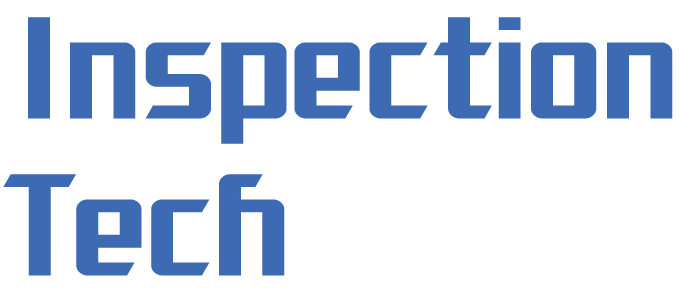Technical Library | 2021-05-06 13:41:55.0
Quality control is of vital importance during electronics production. As the methods of producing electronic circuits improve, there is an increasing chance of solder defects during assembling the printed circuit board (PCB). Many technologies have been incorporated for inspecting failed soldering, such as X-ray imaging, optical imaging, and thermal imaging. With some advanced algorithms, the new technologies are expected to control the production quality based on the digital images. However, current algorithms sometimes are not accurate enough to meet the quality control. Specialists are needed to do a follow-up checking. For automated X-ray inspection, joint of interest on the X-ray image is located by region of interest (ROI) and inspected by some algorithms. Some incorrect ROIs deteriorate the inspection algorithm.
Technical Library | 2009-08-26 19:32:32.0
Automated optical inspection (AOI) and automated X-ray inspection (AXI) have been around for some time in various configurations and both have played a role in improving the quality of circuit boards. While some companies opt for one technology over the other, each form of inspection contributes its own unique benefit to the manufacturing process.
Technical Library | 2013-08-07 21:52:15.0
PCB architectures have continued their steep trend toward greater complexities and higher component densities. For quality control managers and test technicians, the consequence is significant. Their ability to electrically test these products is compounded with each new generation. Probe access to high density boards loaded with micro BGAs using a conventional in-circuit (bed-of-nails) test system is greatly reduced. The challenges and complexity of creating a comprehensive functional test program have all but assured that functional test will not fill the widening gap. This explains why sales of automated-optical and automated X-ray inspection (AOI and AXI) equipment have dramatically risen...
Technical Library | 2013-07-25 14:02:15.0
Bottom-termination components (BTC), such as QFNs, are becoming more common in PCB assemblies. These components are characterized by hidden solder joints. How are defects on hidden DFN joints detected? Certainly, insufficient solder joints on BTCs cannot be detected by manual visual inspection. Nor can this type of defect be detected by automated optical inspection; the joint is hidden by the component body. Defects such as insufficients are often referred to as "marginal" defects because there is likely enough solder present to make contact between the termination on the bottom-side of the component and the board pad for the component to pass in-circuit and functional test. Should the board be subjected to shock or vibration, however, there is a good chance this solder connection will fracture, leading to an open connection.
Technical Library | 2023-08-04 15:38:36.0
The MicroLeadFrame® (MLF®)/Quad Flat No-Lead (QFN) packaging solution is extremely popular in the semiconductor industry. It is used in applications ranging from consumer electronics and communications to those requiring high reliability performance, such as the automotive industry. The wide acceptance of this packaging design is primarily due to its flexible form factors, size, scalability and thermal dissipation capabilities. The adaptation and acceptance of MLF/QFN packages in automotive high reliability applications has led to the development of materials and processes that have extended its capabilities to meet the performance and quality requirements. One of process developments that is enabling the success of the MLF/QFN within the automotive industry has been the innovation of side wettable flanks that provide the capability to inspect the package lead to printed circuit board (PCB) interfaces for reliable solder joints. Traditionally, through-board X-ray was the accepted method for detecting reliable solder joints for leadless packages. However, as PBC layer counts and routing complexities have increased, this method to detect well-formed solder fillets has proven ineffective and incapable of meeting the inspection requirements. To support increased reliability and more accurate inspection of the leadless package solder joints, processes to form side-wettable flanks have been developed. These processes enable the formation of solder fillets that are detectable using state-of-the-art automated optical inspection (AOI) equipment, providing increased throughput for the surface mount technology (SMT) processes and improved quality as well.
| 1 |

Our Company handle AOI (Auto Optical Inspection) and SPI (Solder Paste Inspection) Machines.
Equipment Dealer / Broker / Auctions
Hwaseong-si, Gyeonggi-do, Korea
Hwaseong-si, South Korea
Phone: +82-1029254936